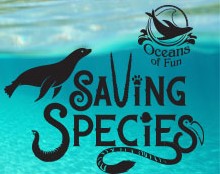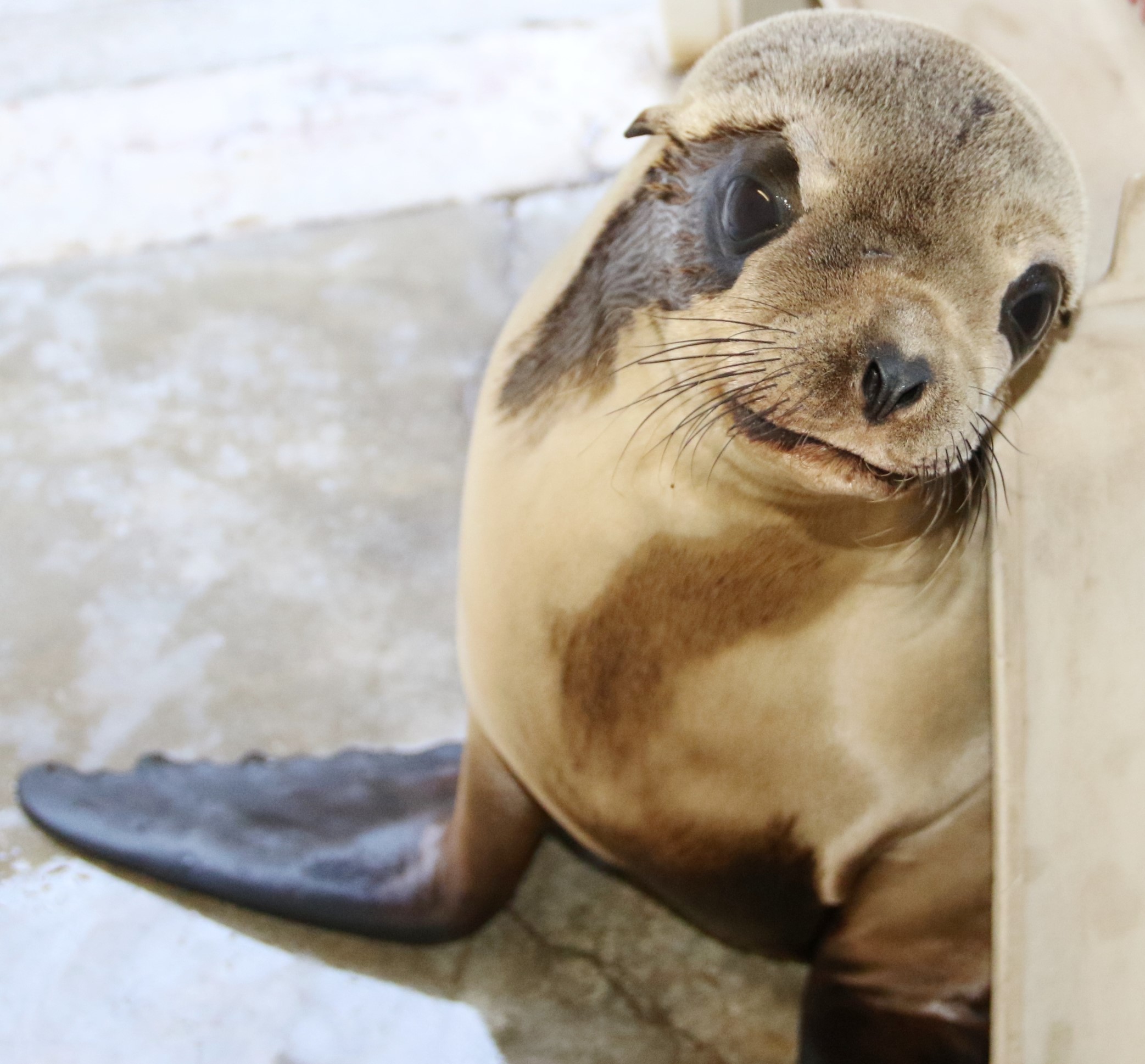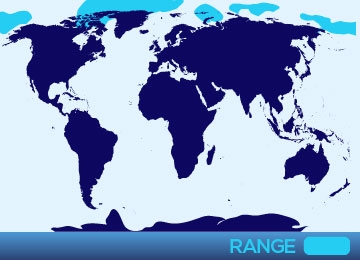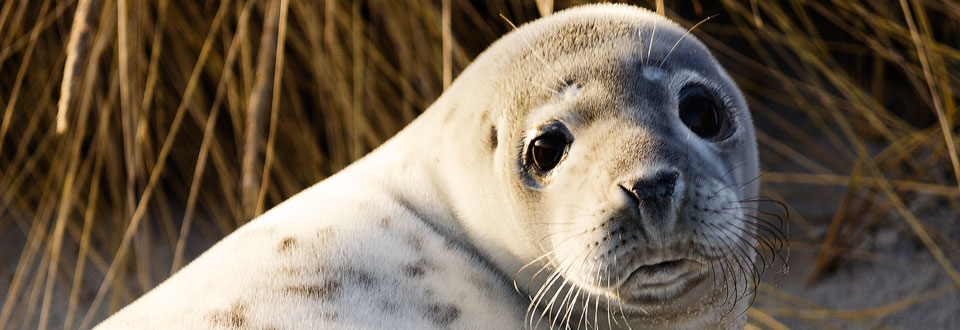
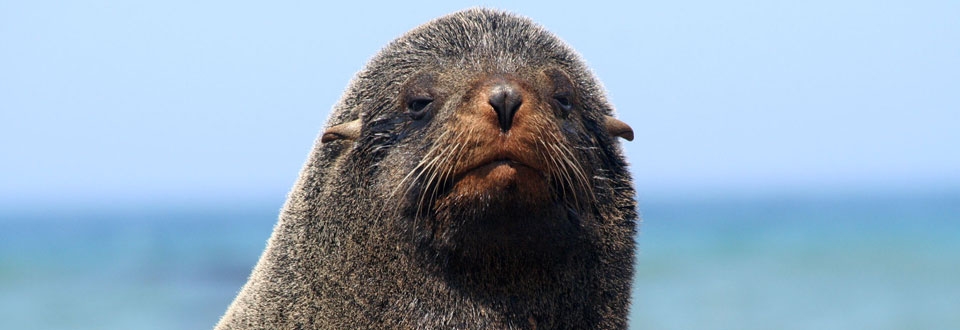
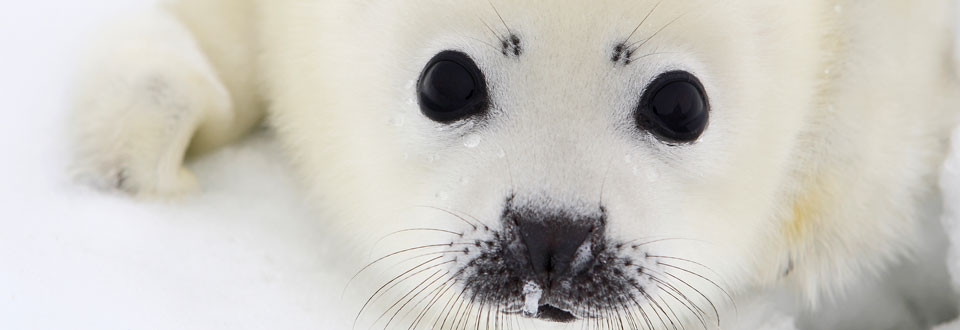
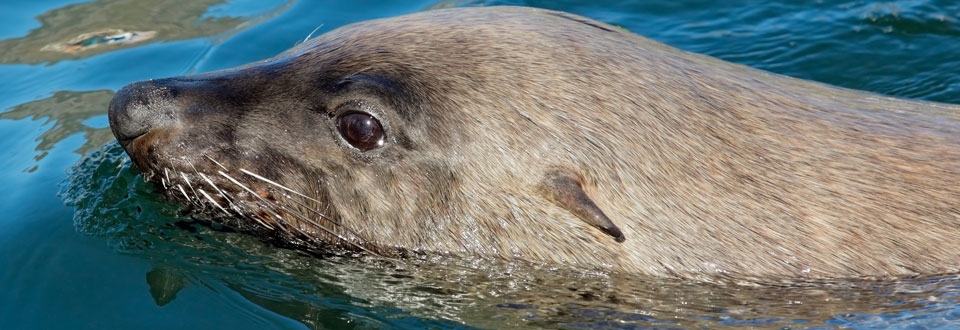
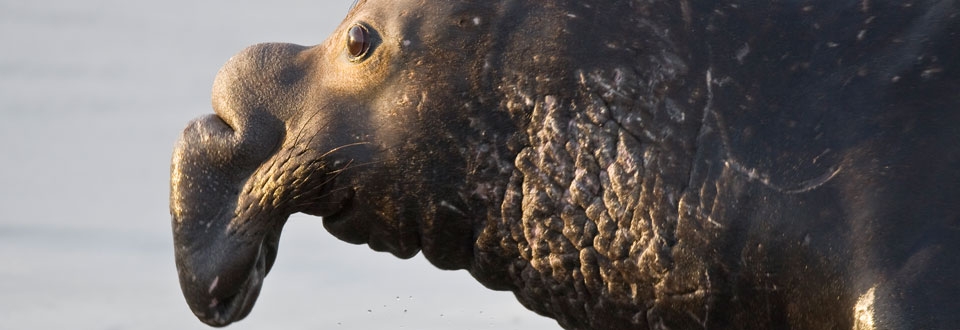
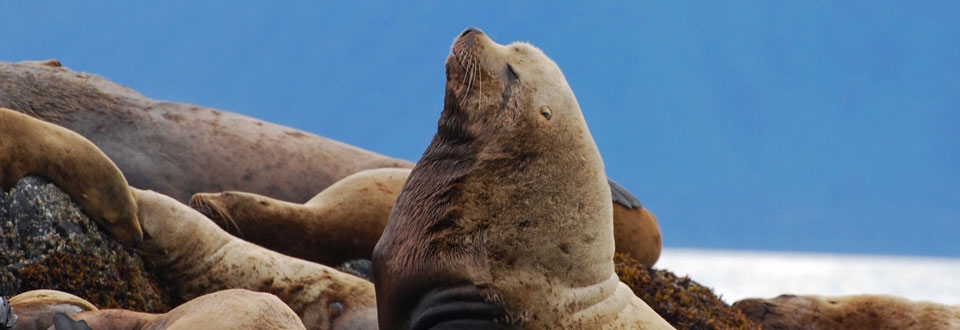
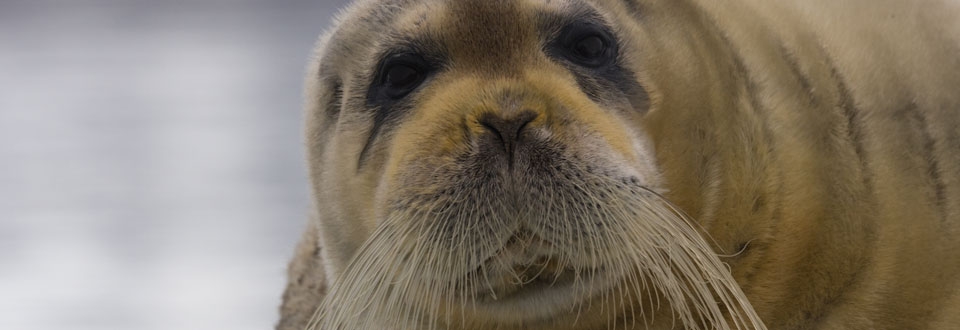
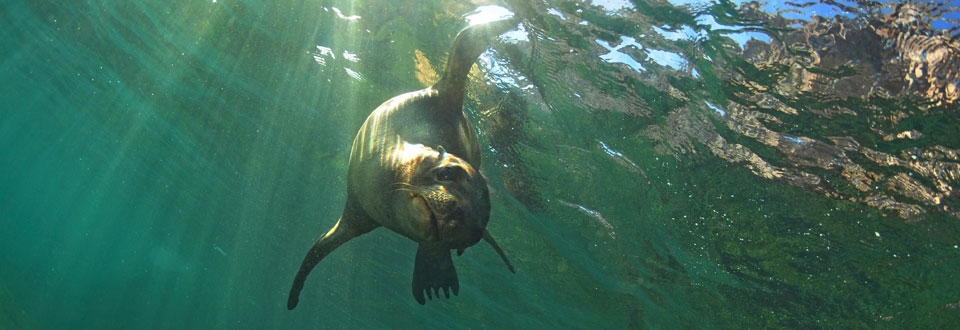
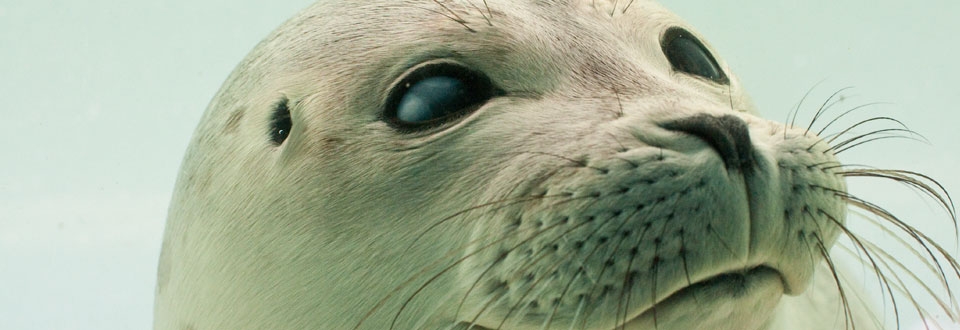
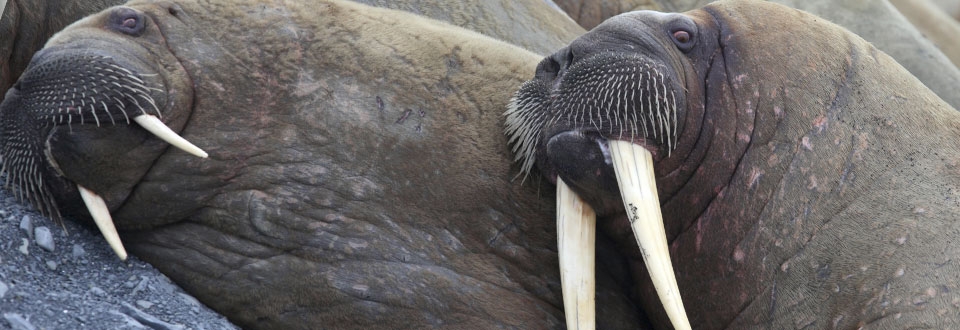
Pinniped Species
All
x
- – No known individuals remaining.
- – Known only to survive in captivity, or as a naturalized population outside its historic range.
- – Extremely high risk of extinction in the wild.
- – High risk of extinction in the wild.
- – High risk of endangerment in the wild.
- – Likely to become endangered in the near future.
- – Lowest risk. Does not qualify for a higher risk category. Widespread and abundant taxa are included in this category.
- – Not enough data to make an assessment of its risk of extinction.
- – Has not yet been evaluated against the criteria.
Walrus
- – No known individuals remaining.
- – Known only to survive in captivity, or as a naturalized population outside its historic range.
- – Extremely high risk of extinction in the wild.
- – High risk of extinction in the wild.
- – High risk of endangerment in the wild.
- – Likely to become endangered in the near future.
- – Lowest risk. Does not qualify for a higher risk category. Widespread and abundant taxa are included in this category.
- – Not enough data to make an assessment of its risk of extinction.
- – Has not yet been evaluated against the criteria.
Males – 10.5ft
Females – 9ft
Males – 2,700lbs
Females – 1,900lbs
There are two subspecies of walruses: Atlantic walrus and the Pacific Walrus. The Atlantic are seen in Canada and Greenland while the Pacific population inhabits the Bering and Chukchi seas.
The walrus is one of the largest pinnipeds. Both sexes have a pair of large upper canine teeth, known as tusks. They also have small eyes, lack external pinnae, and a snout with hundreds of stiff vibrissae.
Clams are their most common source of food but they also feed on crabs, sea cucumbers, and segmented worms.
Walrus are most often found in shallower waters possibly due to the availability of food. During the breeding season or when resting, they are seen on thick pack ice.
Due to climate change, pack ice is becoming less prominent and thinner. Due to the large size of a walrus, cold temperatures for thick ice are necessary. They are also very sensitive to environmental disturbances, therefore stampedes and mothers separating from their calves can be detrimental.
The breeding season for the Pacific walrus is in winter between December and March. Calves are usually born in late April or May. Females reach sexual maturity around 4-5 years of age while males become fertile at 5-7 years. The walrus has the lowest reproductive success rate of any pinniped species. Walruses weigh 100-150 lbs when born are not weaned for two or more years.
The Pacific walrus population is currently listed as “least-concern” by the IUCN. The Atlantic walrus population is listed as decreasing, though not threatened or endangered yet.
When a walrus dives in the cold water, it causes a restriction of blood flow, which makes the skin almost white in color. When hauling out, the skin becomes filled with blood and their skin turns a pink to red color.




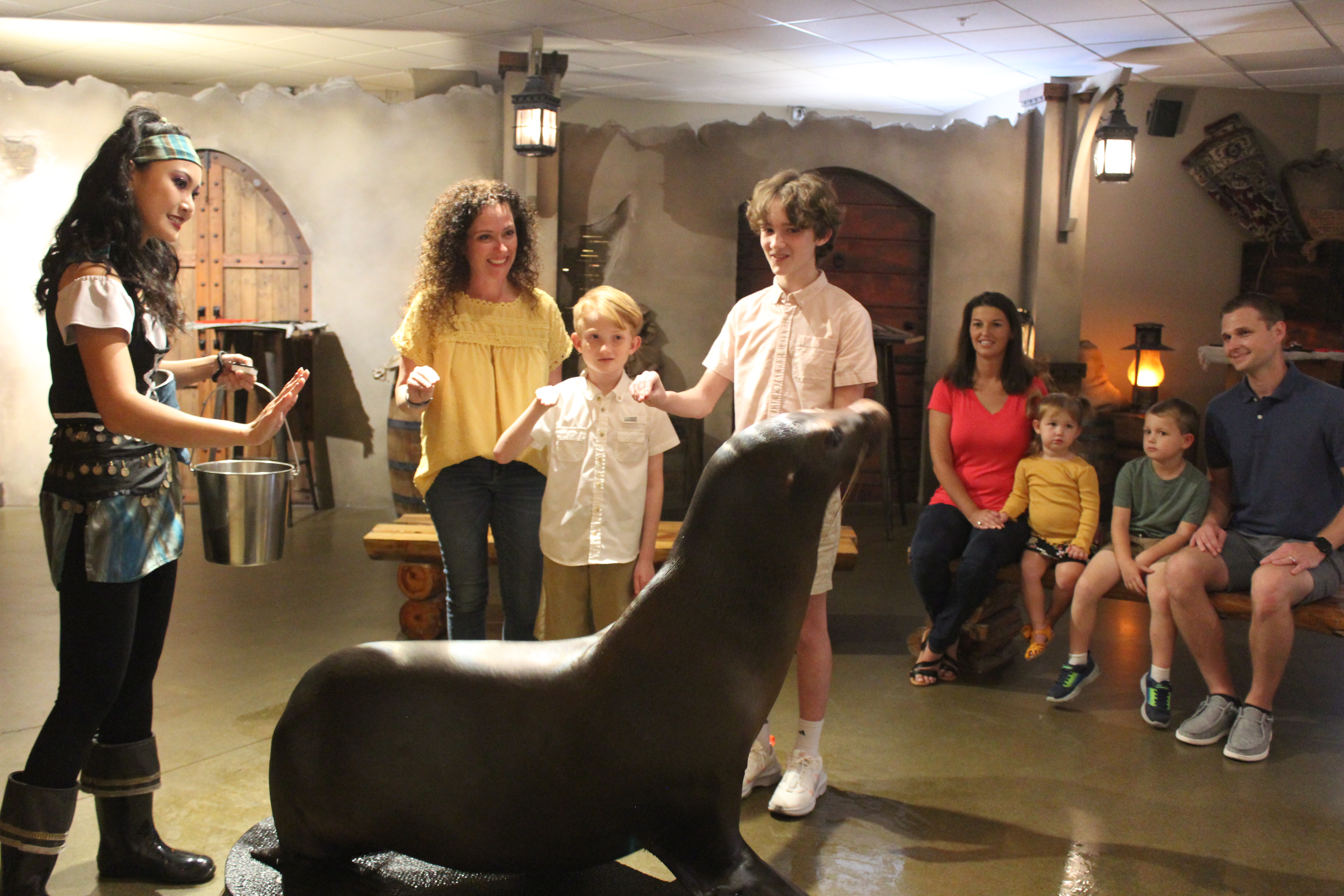 Animal Encounter
Animal Encounter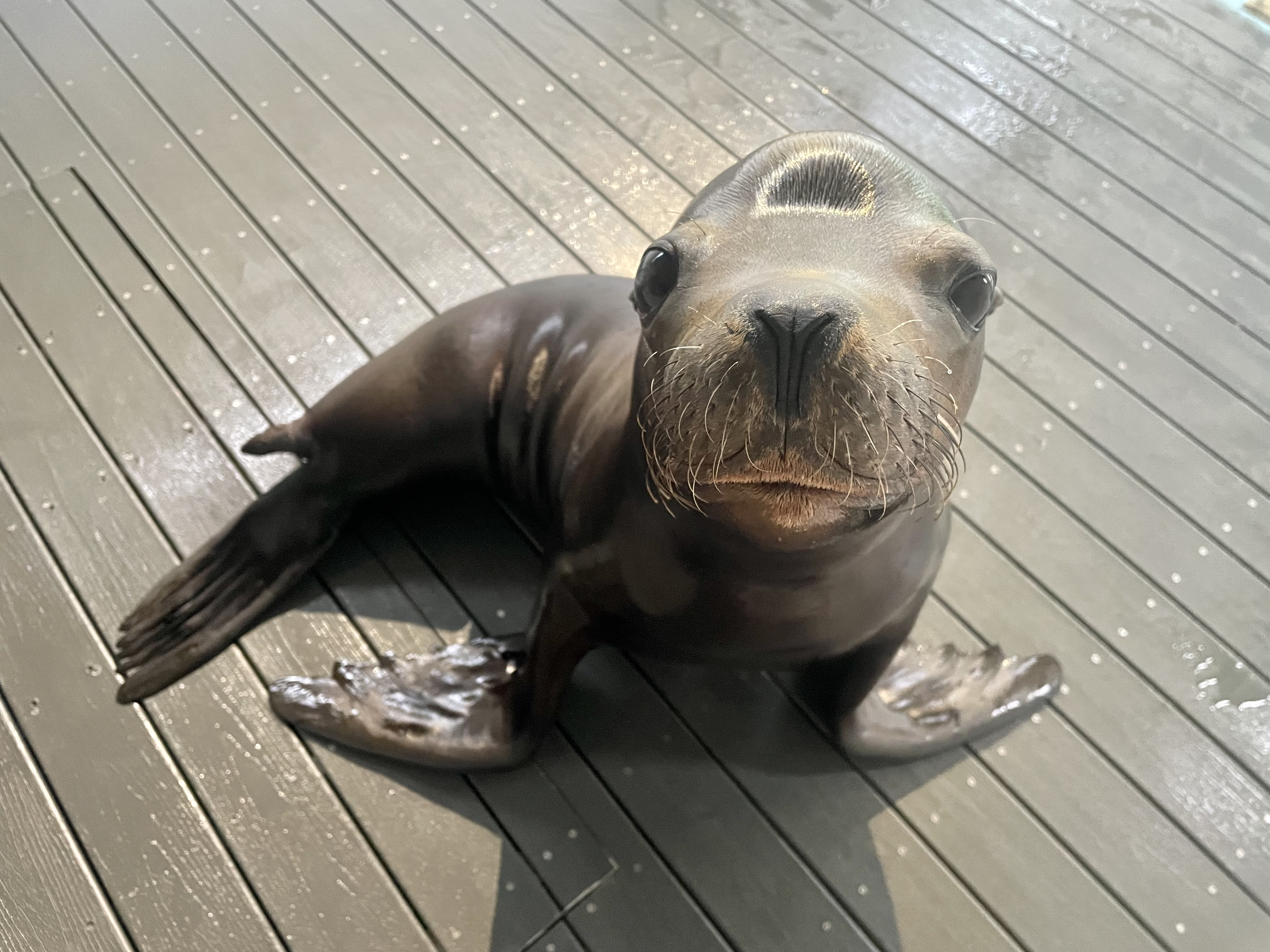 Our Locations
Our Locations
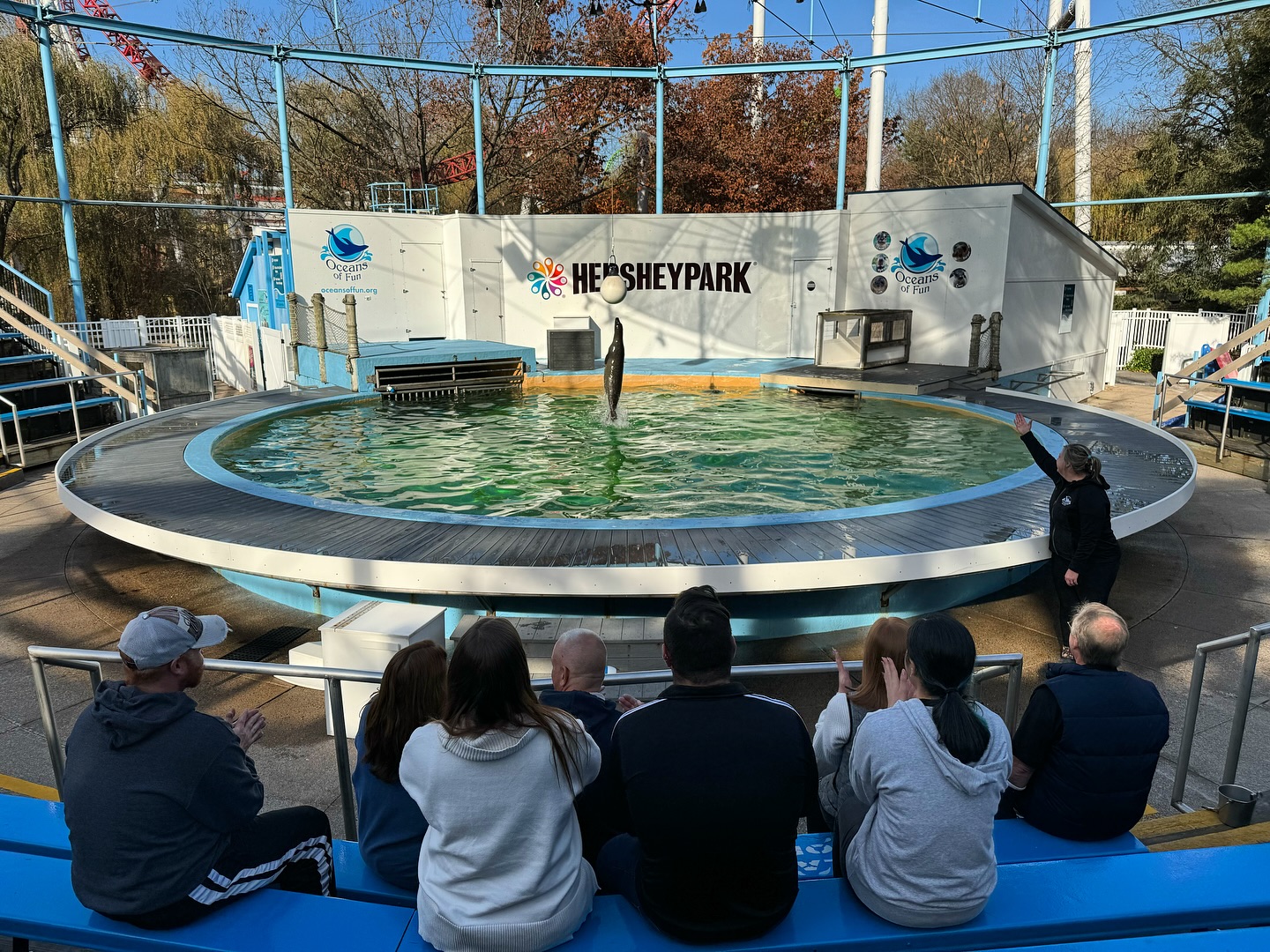 Family Fun
Family Fun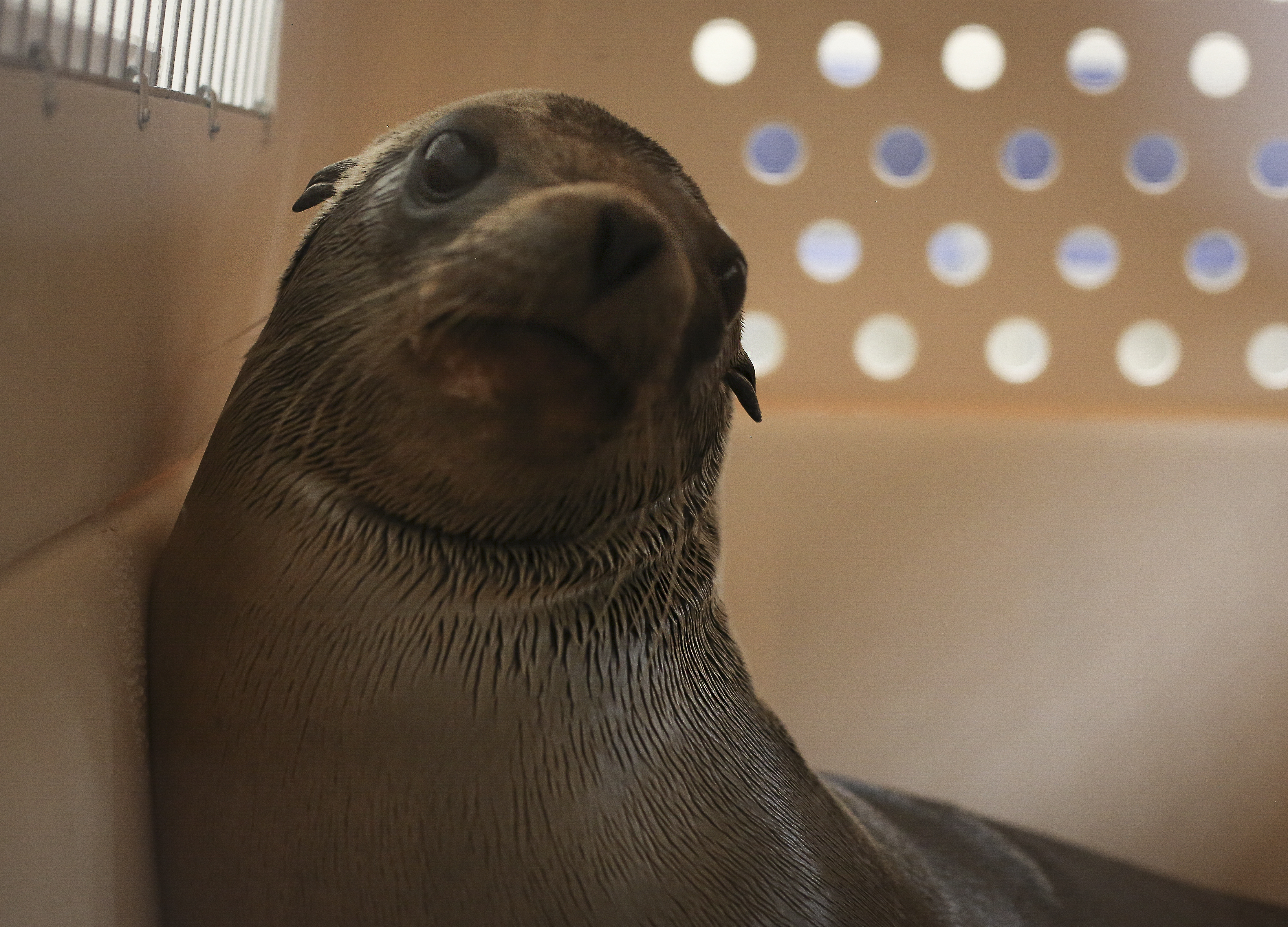
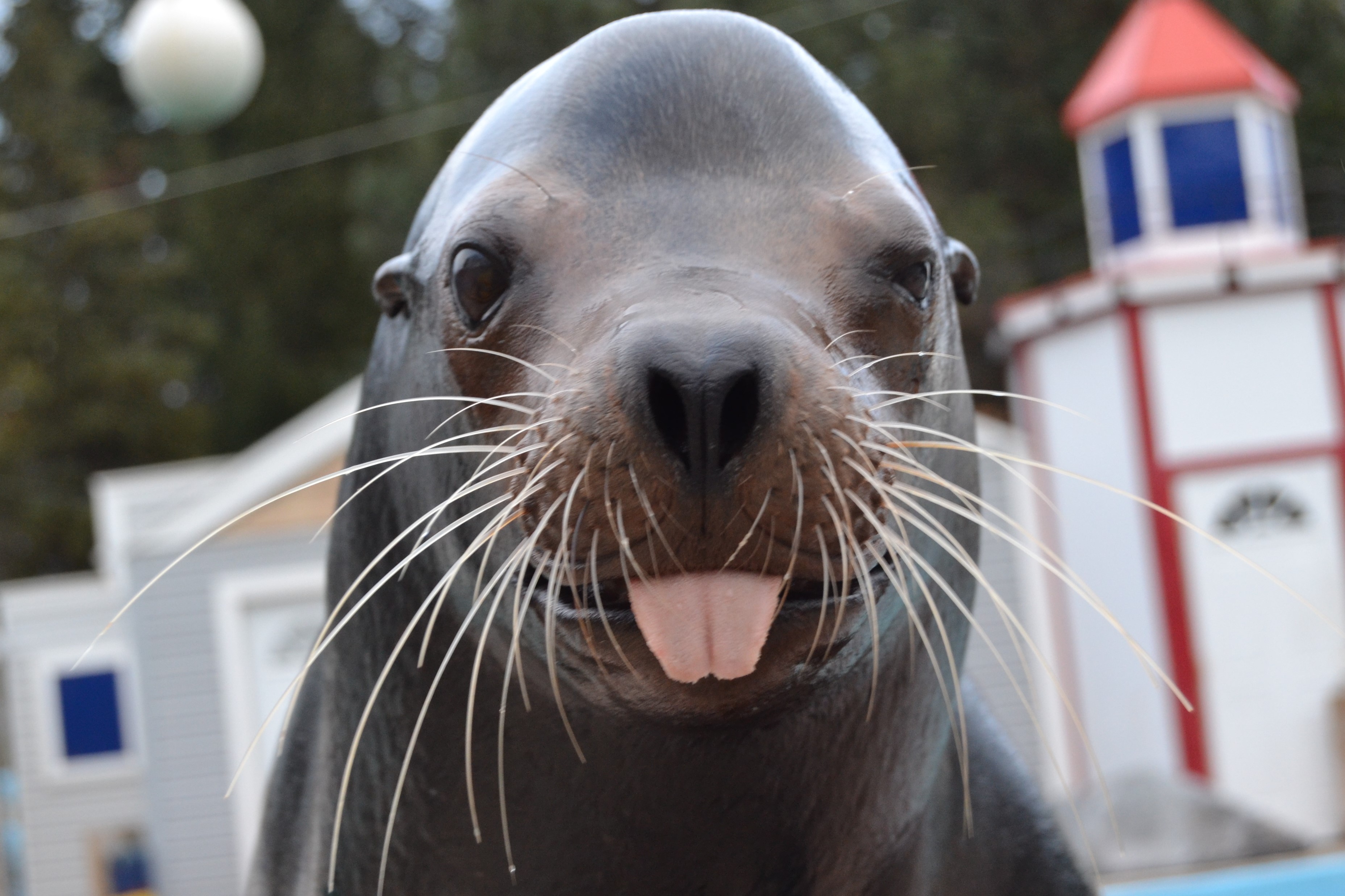
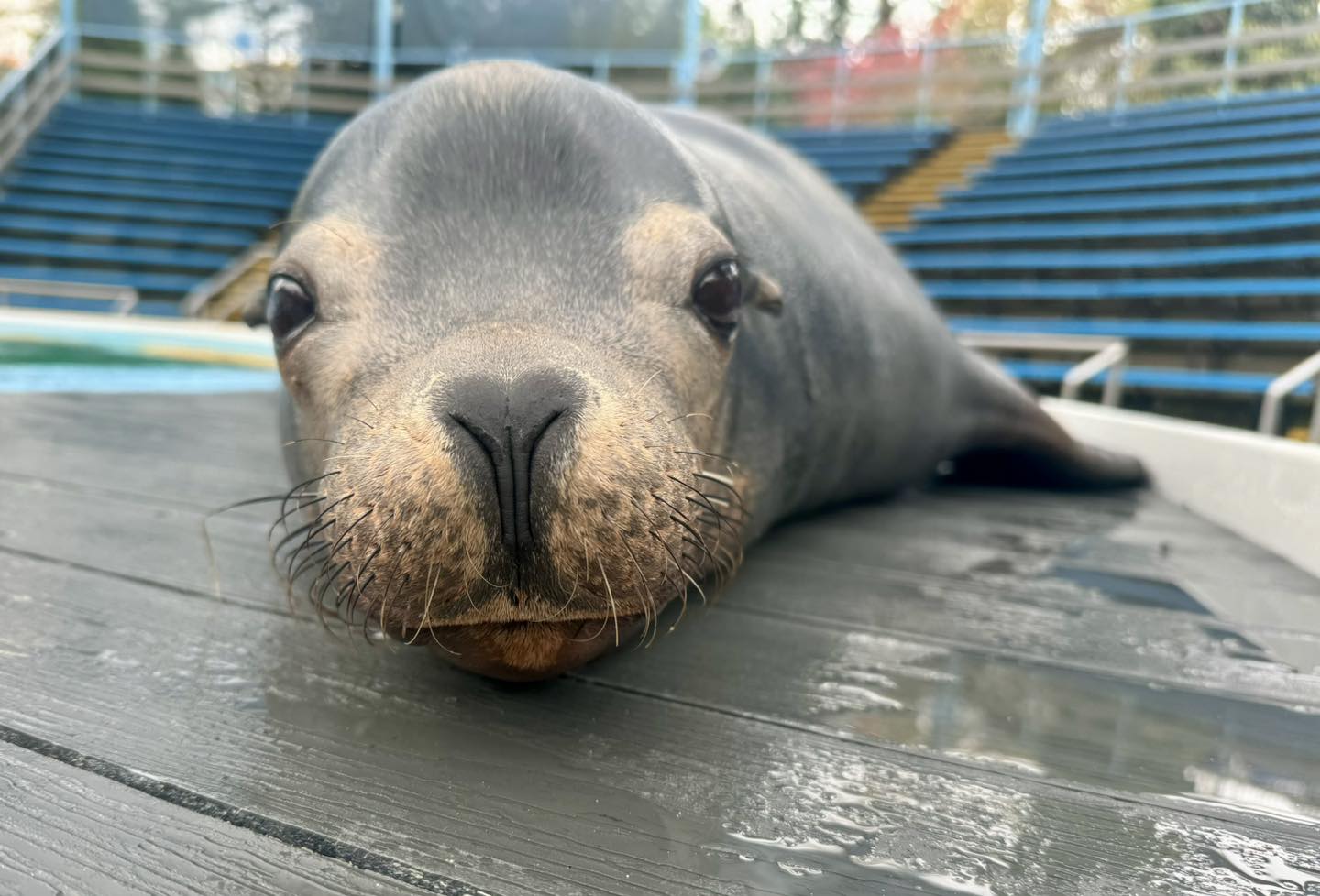 Meet Ripley!
Meet Ripley!
